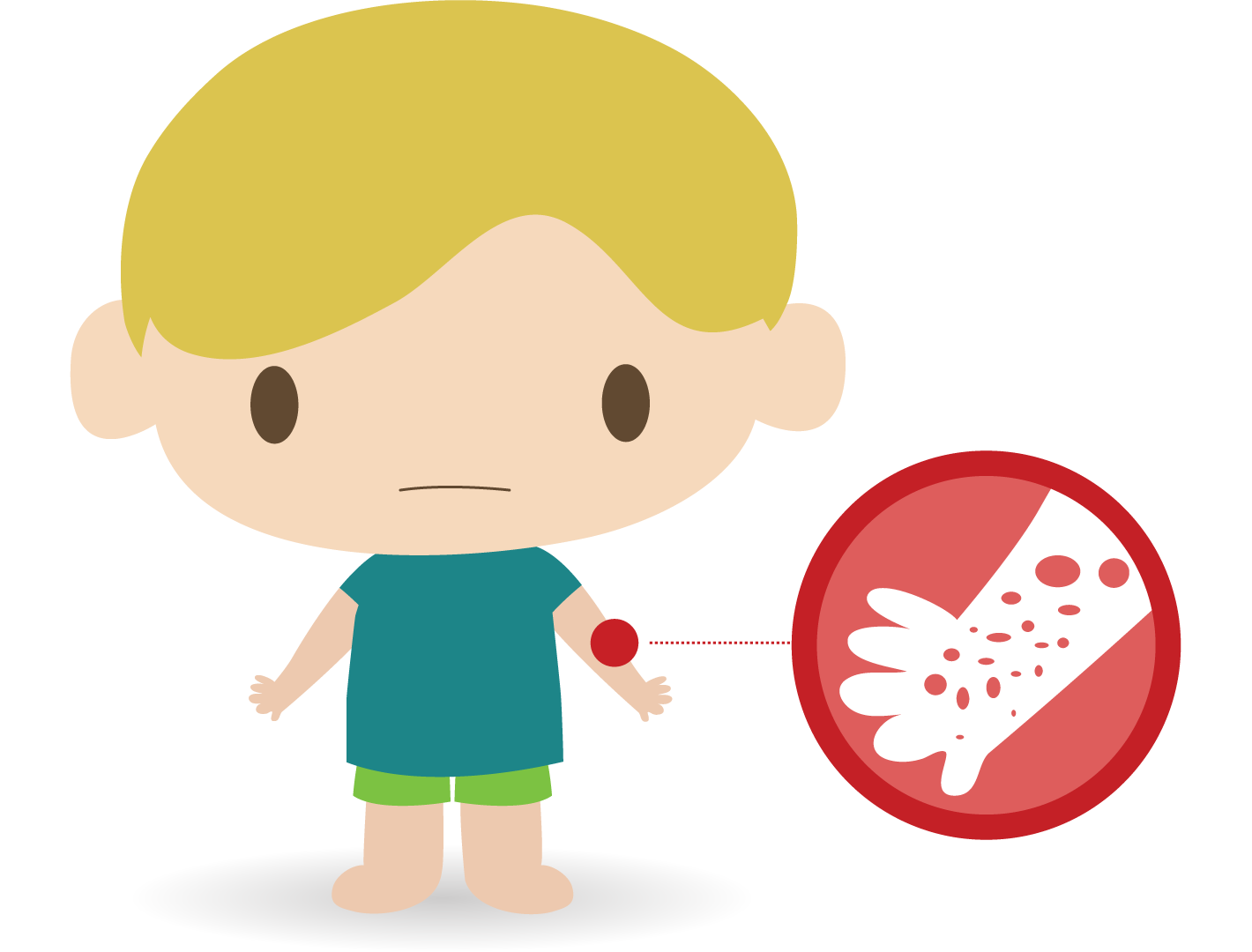
Print / Download Handout: English | French | Arabic | Punjabi
Hand Foot and Mouth Disease (Coxsackie Virus)
Roseola
Slapped Cheek / Fifth’s Disease
Hives
Eczema
Rashes can appear quite suddenly and look very dramatic. Skin can be:
Some children may also have a little swelling to their hands, feet and around their eyes. Although children may be uncomfortable with the rash, they don’t appear sick or have any trouble breathing.
The content provided on these pages is not intended to replace medical advice. If you have concerns about the health of your child, contact your health care provider directly. If your child has an emergency, go to the nearest emergency department or call 911. Alberta Health Services and Project HEAL strive to ensure that all material is correct but will not be held liable for errors or incomplete information contained in these pages.

 It can be scary when your child is sick. But in most cases, you don’t need to go to the emergency department. If you’re unsure, we’re here to help.
It can be scary when your child is sick. But in most cases, you don’t need to go to the emergency department. If you’re unsure, we’re here to help.
The content provided on these pages is not intended to replace medical advice. If you have concerns about the health of your child, contact your health care provider directly. If your child has an emergency, go to the nearest emergency department or call 911. Alberta Health Services and Project HEAL strive to ensure that all material is correct but will not be held liable for errors or incomplete information contained in these pages.